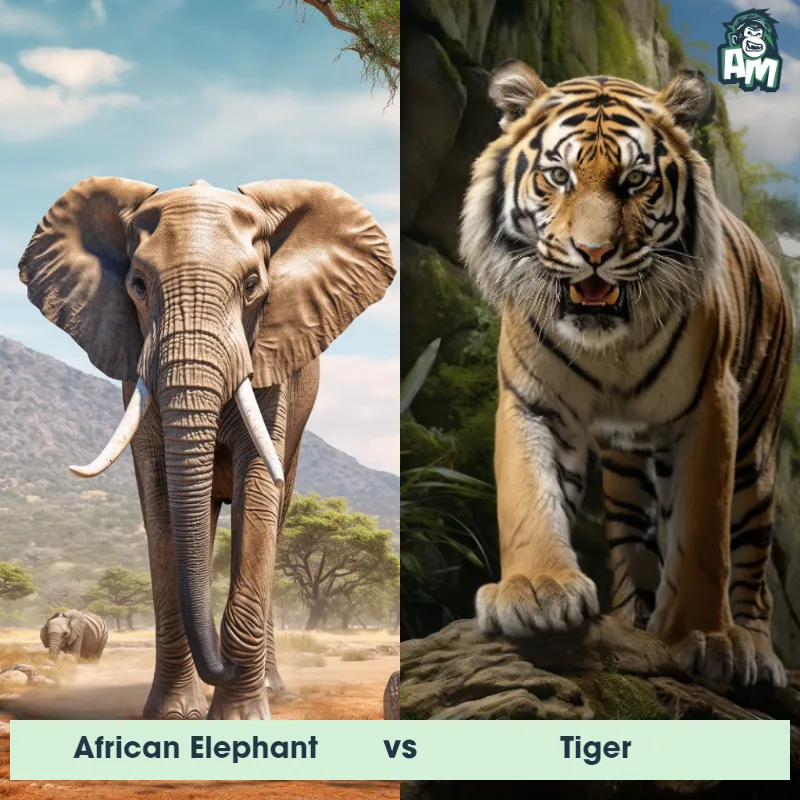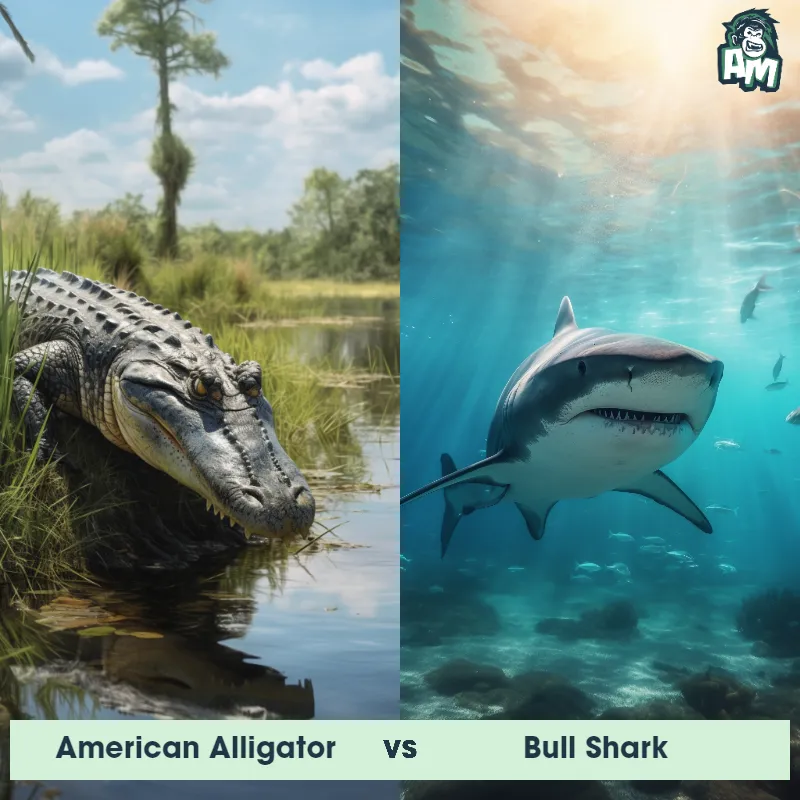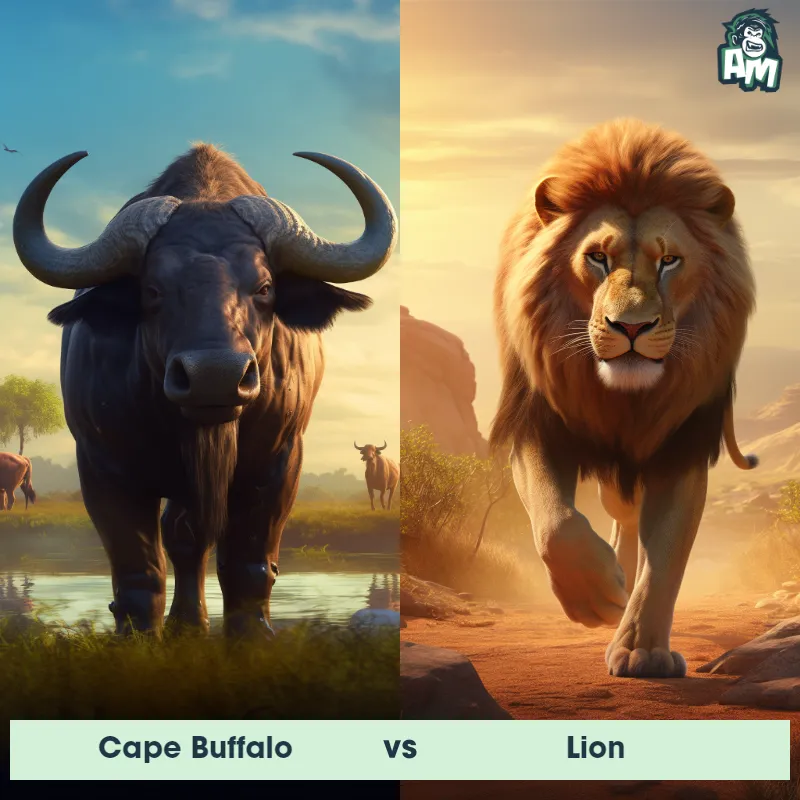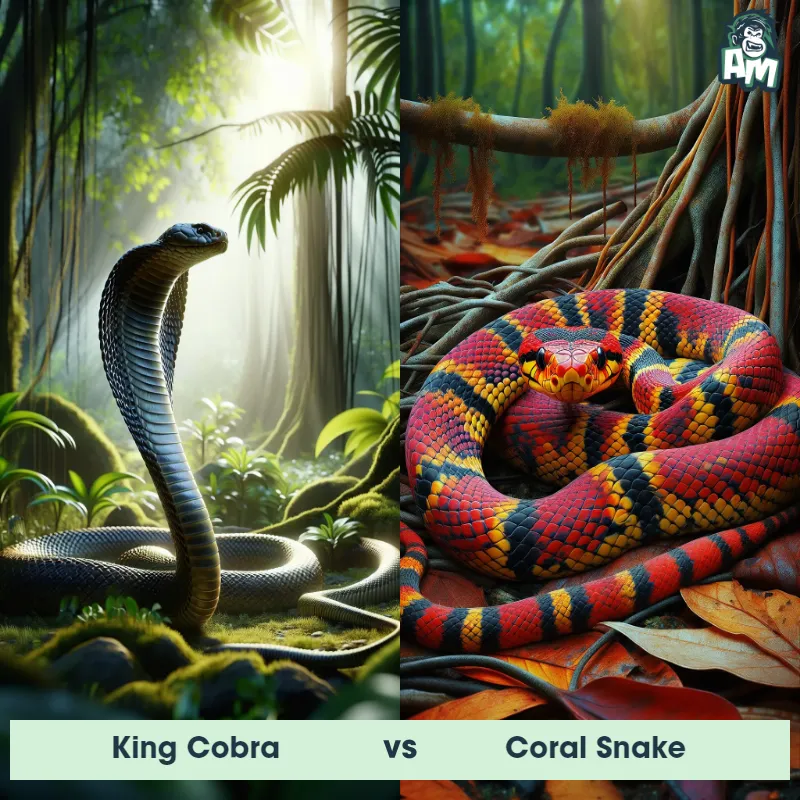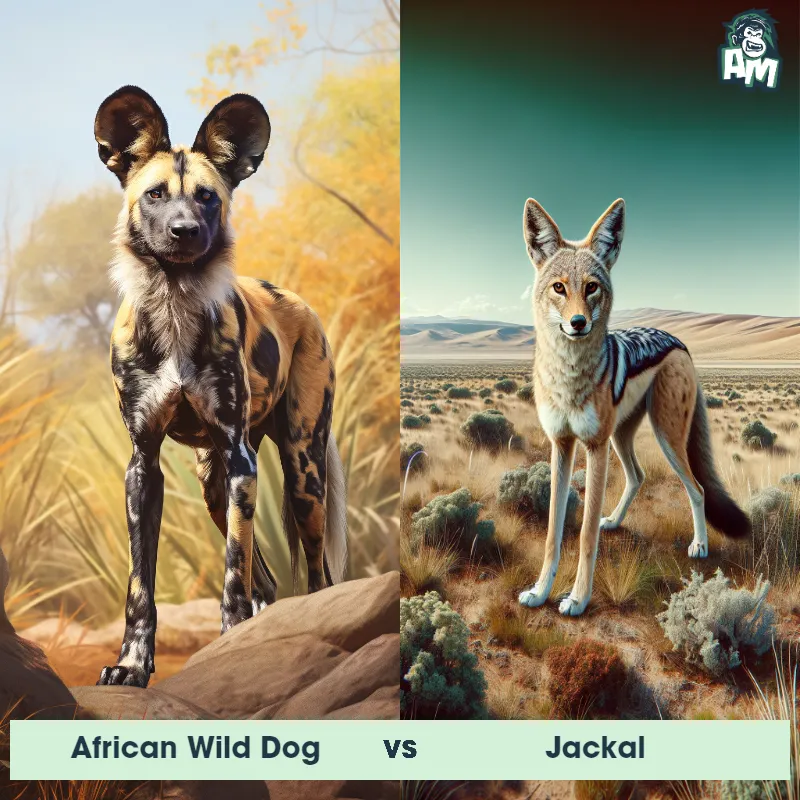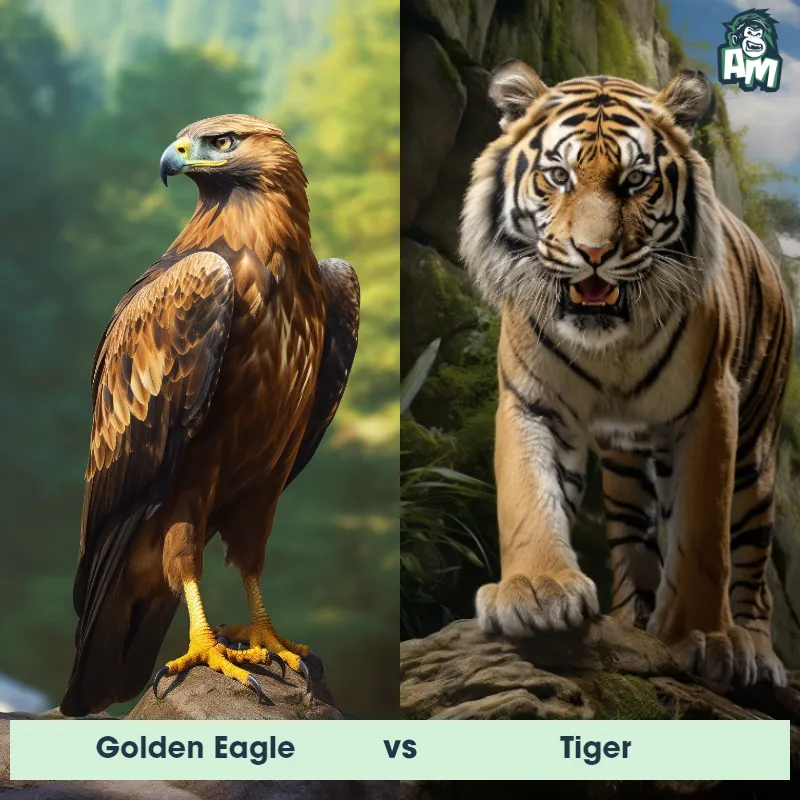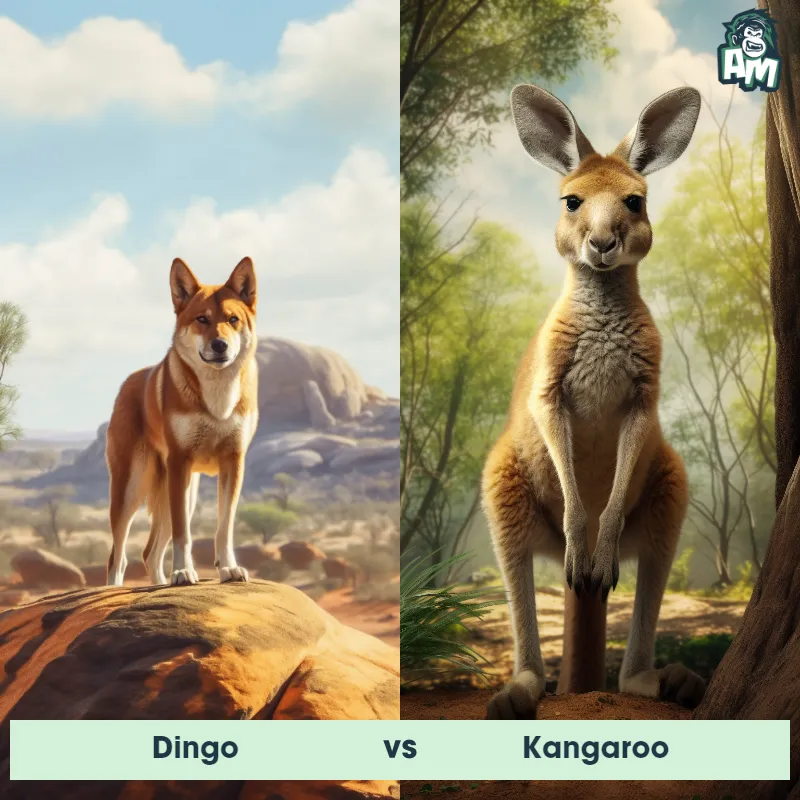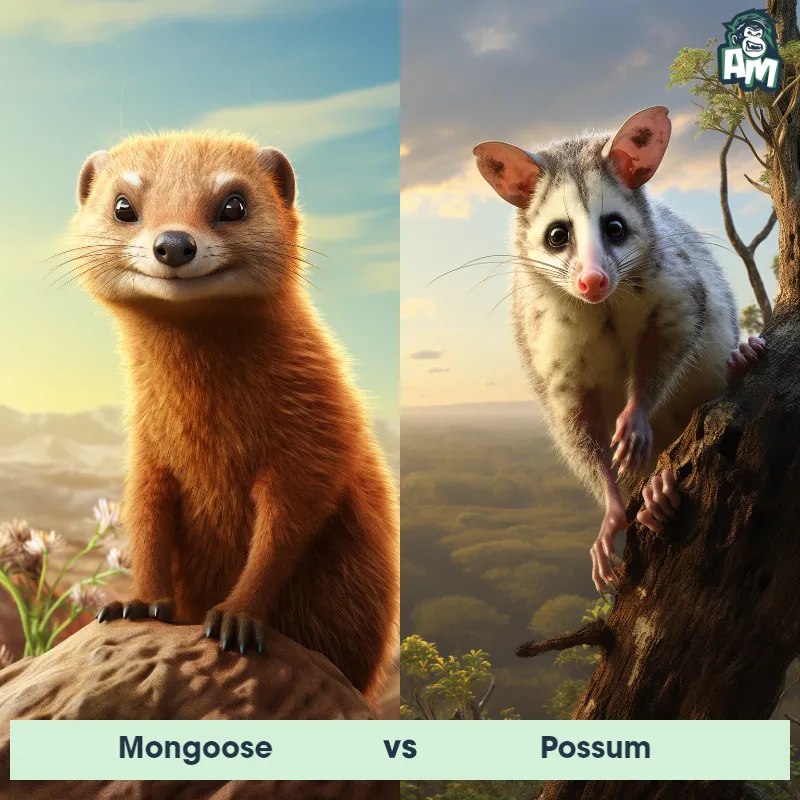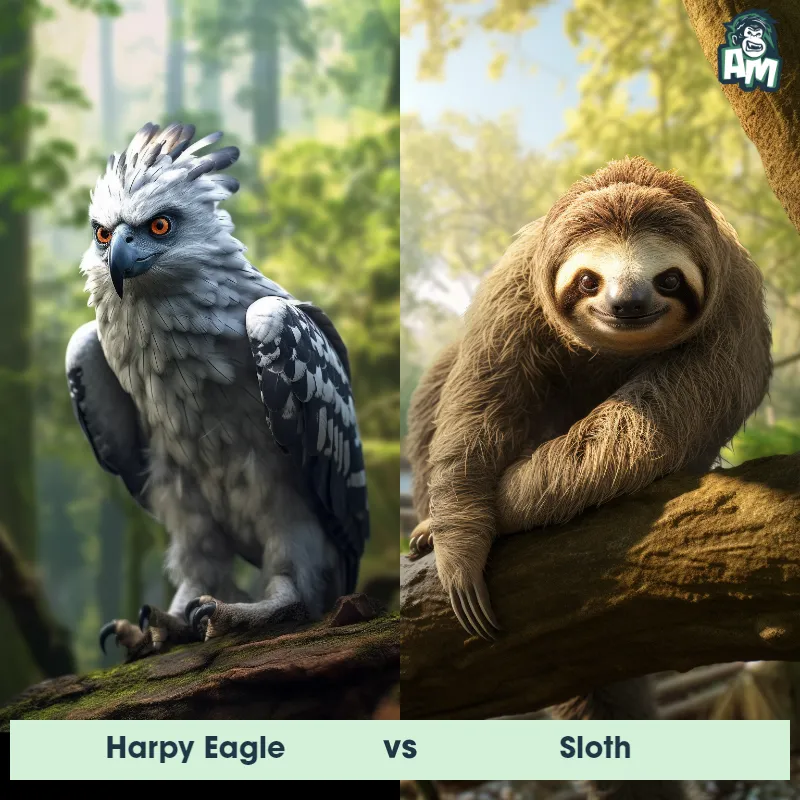Quetzalcoatlus vs BrachiosaurusSee Who Wins

In today's colossal clash, we're witnessing a battle between sky and earth, the mighty Quetzalcoatlus versus the towering Brachiosaurus! With its massive wingspan, the Quetzalcoatlus is ready to swoop in from above, while the Brachiosaurus stands firm, ready to defend its territory. Who will reign supreme in this prehistoric showdown?
Contender 1: Quetzalcoatlus
Quetzalcoatlus, a prehistoric flying reptile, was one of the largest known flying animals of all time, with a wingspan reaching up to 33 feet. It had a long, narrow beak, a long neck, and sharp teeth for catching fish and small prey. Its body was covered in a layer of hair-like filaments for insulation and possibly display.
Fun Fact: Quetzalcoatlus likely soared through the skies using warm air currents, much like modern-day albatrosses, allowing it to cover great distances with minimal effort.
Contender 2: Brachiosaurus
The Brachiosaurus, known for its long neck and high shoulders, was a herbivorous dinosaur that roamed the Earth during the Late Jurassic period. It had a small head compared to its massive body, long tail, and front legs longer than its hind legs. This giant plant-eater could grow up to 85 feet long and weigh as much as 50 tons.
Fun Fact: Brachiosaurus had nostrils on the top of its head, indicating that it likely spent much of its time underwater, similar to a snorkel, while feeding on aquatic plants.
Matchup Stats
| Quetzalcoatlus | Brachiosaurus | |
|---|---|---|
| Size | Wingspan up to 33 feet (10 meters) | Up to 85 feet long (25.9 meters) |
| Weight | Around 500 pounds (227 kilograms) | Up to 50 tons (45,359 kilograms) |
| Speed | 80mph (129km/h) | 12-14 mph (19-23 km/h) |
| Key Strength | Aerial agility | Long neck for intimidation |
| Biggest Weakness | Vulnerable on the ground | Vulnerable hind legs |
Current Votes
Quetzalcoatlus vs Brachiosaurus
See Who Wins
View More Matches
Looking For More?
Similar Matches
Scientific Stats
| Quetzalcoatlus | Brachiosaurus | |
|---|---|---|
| Scientific Name | Quetzalcoatlus northropi | Brachiosaurus |
| Family | Azhdarchidae | Brachiosauridae |
| Habitat | Coastal areas | Land |
| Geography | North America | North America, Africa |
| Diet | Fish and small prey | Herbivorous |
| Lifespan | 25 years - 30 years | 20 years - 30 years |
Key Differences between Quetzalcoatlus and Brachiosaurus
- Size: Quetzalcoatlus was much smaller, with a wingspan up to 10 meters, while Brachiosaurus reached heights of up to 12-16 meters and lengths of 25 meters.
- Limbs: Quetzalcoatlus had elongated wing limbs adapted for flying, while Brachiosaurus had columnar legs to support its massive weight.
- Neck: Quetzalcoatlus had a short neck suitable for its flight-based lifestyle, whereas Brachiosaurus had an extremely elongated neck ideal for browsing treetops.
- Body Structure: Quetzalcoatlus had a lightweight skeletal structure for flight, in contrast to the heavily built limb structure of Brachiosaurus.
- Skull: Quetzalcoatlus possessed a small head with a long beak lacking teeth, while Brachiosaurus had a larger head with numerous teeth for browsing.
- Posture: Quetzalcoatlus had a quadrupedal stance with a prominent beak, whereas Brachiosaurus stood upright with a long neck and tail.




